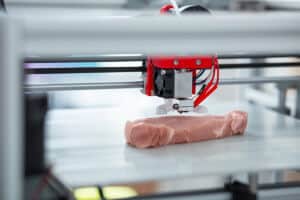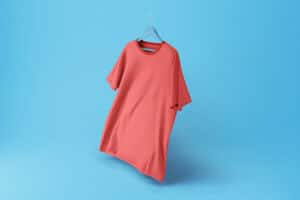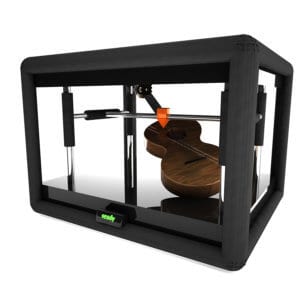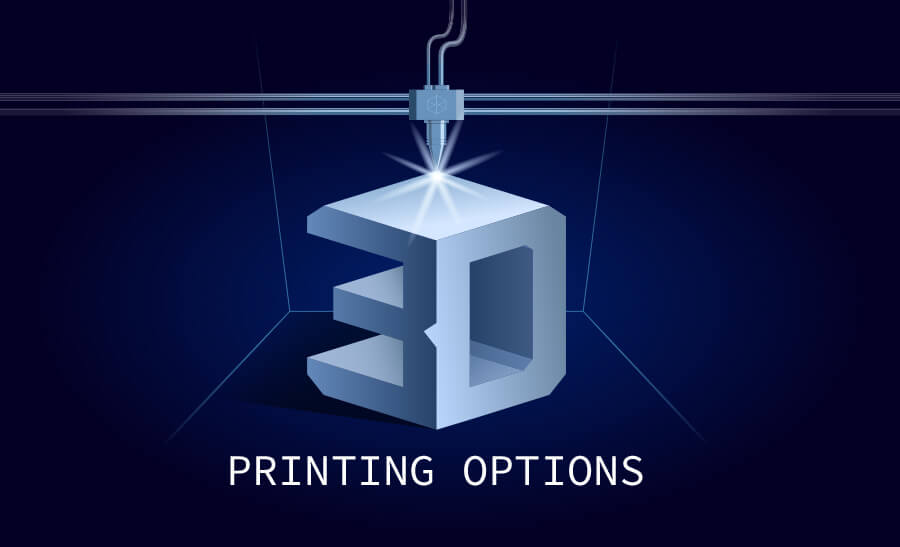3D printing, also known as additive manufacturing, is the process of making three-dimensional solid objects from a digital file. Successive layers of materials are laid down until an object is created. The beauty of 3D printing is that complex shapes can be created using less material than traditional manufacturing methods. The materials used are not limited to the commonly-used plastic. It is possible to use this technology to create clothes, food, housing, and more!
Houses
With the global population nearing 8 billion, housing is becoming an issue for struggling communities. In the USA alone, there is a shortage of more than 7 million affordable homes. There are currently quite a few companies working on mainstreaming 3D housing. Currently, 3D printing allows building a small house for a fraction of the usual cost.
At the moment, it is possible to use a large 3D printer to create a 410-square-foot (38 square meter) house for around $10,000. Companies such as ICON hope to eventually lower these costs to closer to $4,000. It doesn’t just save on costs but also time. It only takes about 24 hours to print a home. The primary parts of the houses are built with concrete. Therefore, with the proper maintenance and continuous habitation, these houses should be able to last 60-70 years.
Organs
Scientists can already print cells and biomaterials that make up human tissue. Although they haven’t managed to print fully functional organs yet, the research is promising. 3D printing has already been used for more simple medical procedures. It has already been used in creating cartilage for children born with underdeveloped ears. Other uses for this technology in the medical field have aided in creating affordable prosthetics, breathable casts, and medical equipment.
There are currently over 100,000 people in the USA alone who are waiting on transplant lists. Printing organs could be a way to give them all a chance at longer, better, and healthier lives. Although the ability to print biomatter is not advanced enough for a successful organ transplant just yet, 3D printing has already helped in medical research. 3D printing has also enabled patient-specific implants for shoulders, hips, and even skulls based on precise scans of the area.
Food

It is possible to 3D print just about anything, including food! But unlike houses and organs, this is currently merely a gimmick and will not help end hunger. Machines that are able to 3D print food are incredibly expensive and need to be cleaned thoroughly on a regular basis. It also takes a long time to create an entire meal using this method. However, the existing technology can be used to create intricate designs and unique textures.
Any food with pureed ingredients can be printed. Pizza is a great example, but also desserts! There is a company that has been printing food for NASA. Outside of that and gourmet restaurants, there is currently no practical use for a 3D food printer. Some people have tried to alter their regular at-home printers to also print food. However, this has proven to be impractical and unhygienic. Even though it won’t help feed the hungry, it is still fascinating that we are able to print actual edible food with 3D printing technology.
Clothes

In 2014, threeASFOUR debuted a collection of 3D printed clothes. Their goal was to push the limits of fabric to see just how far the concept could go. While traditional fabric is two-dimensional, 3D printing allows for more complex and intricate designs. The idea behind the collection was that the material was not only unique-looking but also more breathable, wrinkle-free, and hospitable to ease of movement.
It takes a long time to print clothes, but unlike 3D printed food, this can have a positive impact on the planet. The fashion industry is extremely wasteful and has a negative impact on the environment. 3D printing clothes opens up the possibility of using eco-friendly fabrics and wasting less material. It can also be an amazing way to imitate and replicate complicated materials such as pangolin scales, which could hopefully limit the illegal trafficking of these poor creatures.
Music

There are many ways that 3D printing can help people express their creativity. It can be used in restoring art, designing jewelry, creating sculptures and models, and also making musical instruments. There are many musical instruments that are expensive to produce. Printing them can make them cheaper and make them available to people who would not be able to afford them otherwise. Other than price, it can also make it possible to create intricate designs that would not ordinarily be possible.
Olaf Diegel, a professor at Lund University in Sweden, has combined his passion for music with 3D printing. He started experimenting with 3D printing in 1990, only 10 years after the concept was first introducnted. He created beautifully-designed guitars, keyboard instruments and even drums for the world’s first-ever 3D printed band! He has proven that there are unlimited uses for this new technology, and all it takes is some creativity to see the potential of 3D printing.
More and more people have 3D printers in their homes and classrooms. This amazing technology can have everyday uses such as printing spare parts and designing jewelry, but it also has the potential to make the world a better place. Organs, houses, edible meals, eco-friendly clothes, and musical instruments have already been printed. There are so many possibilities out there to incorporate 3D printing into our lives that will enhance our way of life.
Photos: Shutterstock / Edited by: Martina Advaney
Read more related articles from Youth Time Magazine:
Precious Plastic: A Global Community of Recycling Entrepreneurs
Support us!
All your donations will be used to pay the magazine’s journalists and to support the ongoing costs of maintaining the site.
Share this post
Interested in co-operating with us?
We are open to co-operation from writers and businesses alike. You can reach us on our email at [email protected]/[email protected] and we will get back to you as quick as we can.










